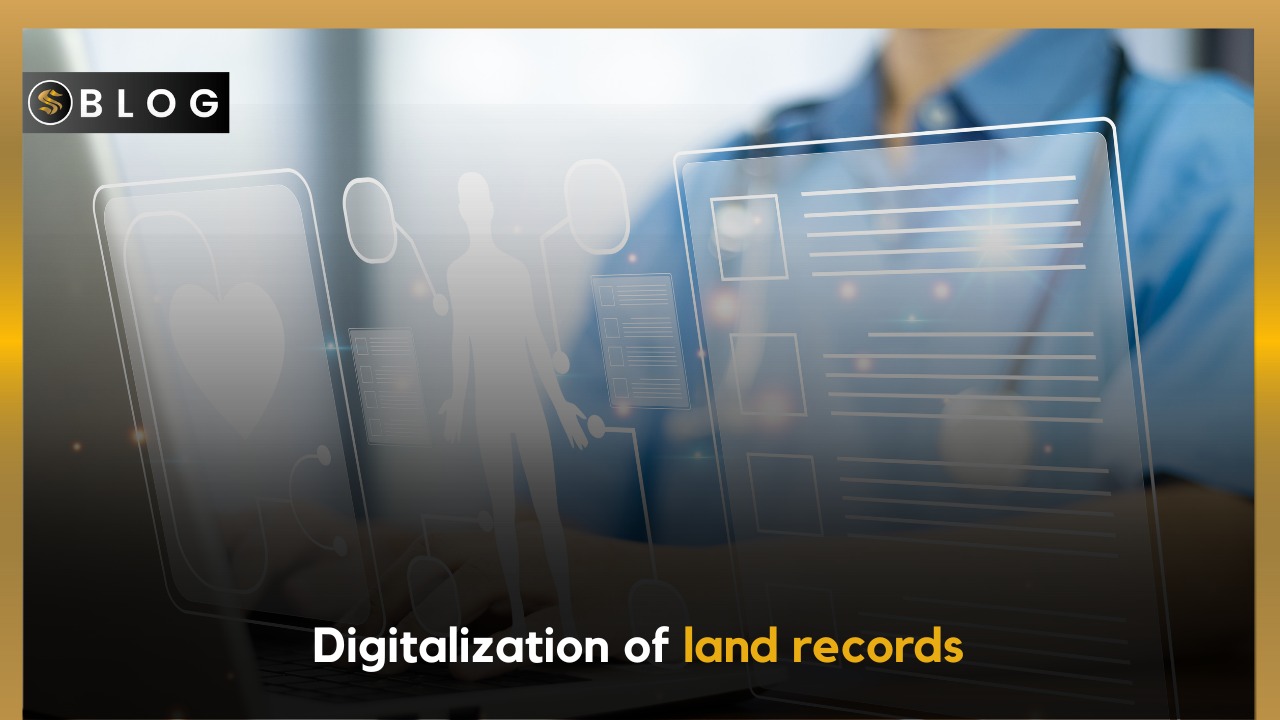
Share This Story, Choose Your Platform!
Google Will Run Undersea Cables to Provide Internet Access to 8 Pacific Island Nations
In a world increasingly reliant on the internet, there are still vast areas that remain underserved, lacking the connectivity that has become a lifeline for so many. The Pacific Islands, with their remote locations and unique challenges, have long been among these underserved regions. However, recent news that Google, with support from the United States and Australia, is planning to expand its undersea internet cable project to eight Pacific Ocean countries is a significant and promising development. This initiative aims to connect Micronesia, Kiribati, the Marshall Islands, Papua New Guinea, the Solomon Islands, Timor-Leste, Tuvalu, and Vanuatu to the global internet.
The Digital Divide in the Pacific Islands
Access to the internet is no longer a luxury but an essential tool for education, economic growth, healthcare, communication, and much more. Unfortunately, many parts of the world, including the Pacific Islands, have struggled to overcome the digital divide due to various challenges. These challenges include their geographical remoteness, the absence of existing infrastructure, and the high cost of deploying undersea cables to connect these islands.
The Google Initiative
Google’s ambitious project to connect eight Pacific Island nations to the internet is a game-changing initiative that will address these challenges. With the support of the United States and Australia, this partnership represents a significant step towards bridging the digital divide in the Pacific Islands. The initiative is set to be officially announced during a visit by the Australian Prime Minister to the White House. It involves substantial financial contributions from both governments, with Australia committing $50 million and the United States pledging $15 million.
You May Also Read
Bridging Digital Gaps: Pakistan’s Pursuit of Global Integration with PayPal & Stripe
The Importance of Internet Connectivity
Internet connectivity is a fundamental enabler of progress in the 21st century. In the context of the Pacific Islands, this initiative promises several key benefits
Economic Development: Improved internet access can stimulate economic growth in the region. It can attract investment, support local businesses, and create new opportunities for trade and tourism. Access to a global customer base can help local entrepreneurs and businesses expand their reach.
Education: Reliable internet connectivity can revolutionize education in the Pacific Islands. It will provide students and teachers with access to online resources, e-learning platforms, and digital libraries. This opens up new horizons for education and research.
Healthcare: Telemedicine and digital health services can be introduced, allowing patients in remote areas to consult with healthcare professionals and access medical information online. This can lead to improved healthcare outcomes and even save lives.
Cultural Exchange: Increased connectivity can facilitate cultural exchange and knowledge sharing with the rest of the world. It will allow the preservation and sharing of the unique cultural heritage of these islands.
Emergency Services: Fast and reliable internet connections can significantly improve the effectiveness of emergency services, including disaster response and coordination.
Australia and the United States Role
Australia’s commitment of $50 million and the United States’ pledge of $15 million demonstrate their recognition of the importance of this initiative. Their support not only provides the necessary financial resources but also strengthens their engagement with the Pacific Island nations.
Geostrategic Considerations
It’s worth noting that this initiative is taking place in a complex geostrategic context. Both the United States and China are actively engaging with these Pacific countries through infrastructure development, economic partnerships, and military alliances. China’s Belt and Road Initiative, for example, has made inroads into the region, and these islands have become a focal point for competition between major powers.
Challenges and Considerations
While this initiative is undoubtedly a step in the right direction, there are challenges to consider. The installation and maintenance of undersea cables are costly and require ongoing investments. It’s important that the long-term sustainability and affordability of these connections are carefully planned.
Local communities must be engaged in the process to ensure that their needs and concerns are addressed. The project should also prioritize environmental sustainability to minimize any negative impact on the marine ecosystem during cable installation and maintenance.
Conclusion
Google’s plan, with the support of the United States and Australia, to run undersea cables and provide internet access to eight Pacific Island nations is a promising and transformative development. It’s a significant step toward reducing the digital divide and bringing the benefits of the internet to those who have been underserved for far too long.
As this project unfolds, it is essential that all stakeholders work together to ensure its long-term success. By connecting these remote Pacific Island nations to the global internet, we can hope to witness a brighter digital future for these communities and a more balanced and connected world.




